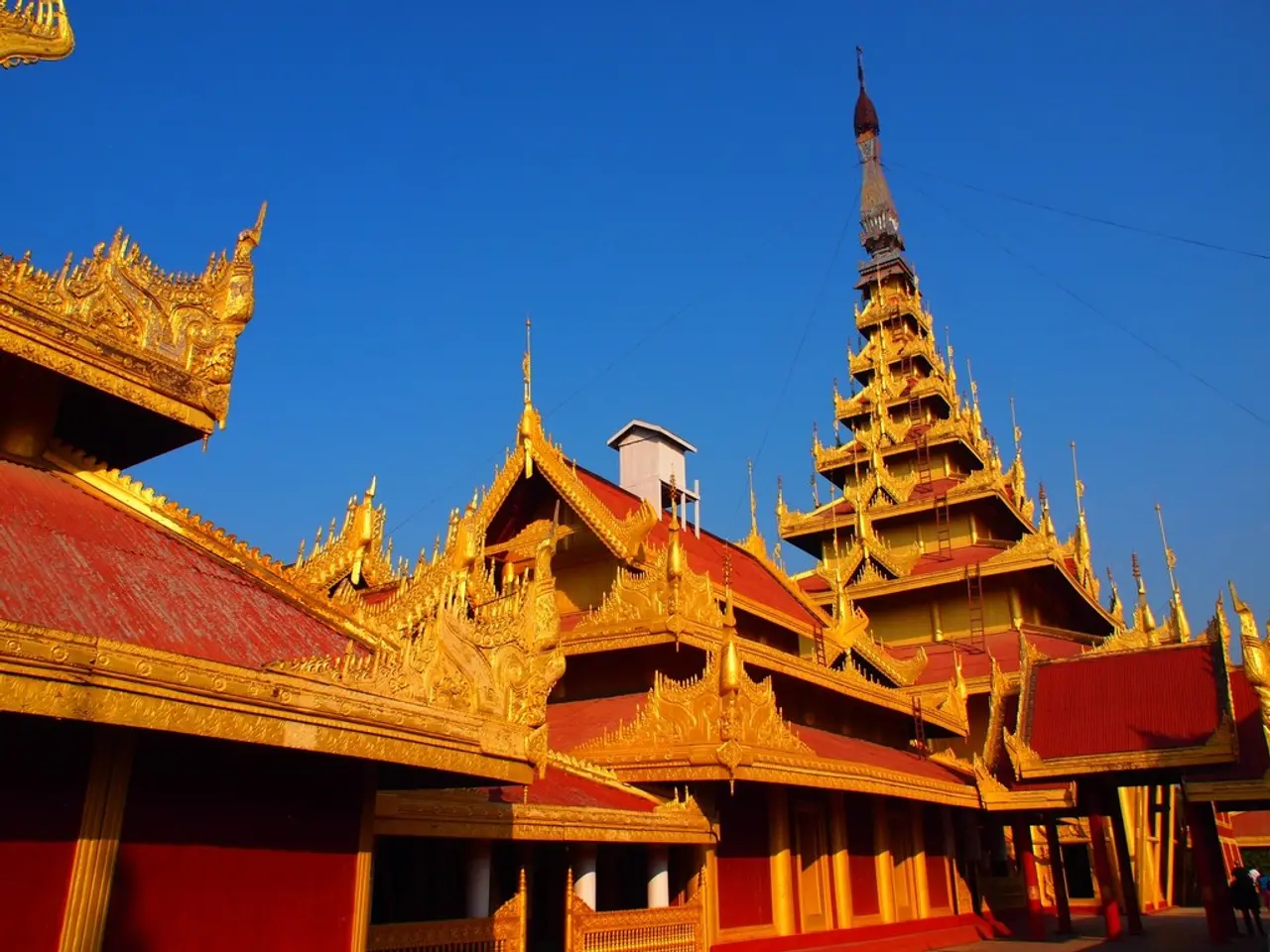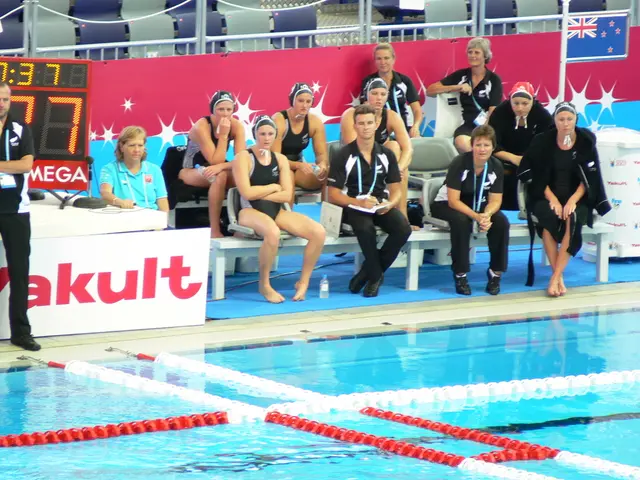Mekong River Commission discovers high levels of metal pollution along the Mekong waterway
The Mekong River Commission (MRC) has issued a warning about a "moderately serious" situation due to heavy metal contamination, particularly arsenic, in the Mekong River. This contamination, primarily affecting sections between the Myanmar–Laos border near the Golden Triangle and Thailand’s Chiang Khong district, is largely attributed to poorly regulated mining activities, especially rare earth and gold mining in Myanmar’s southern Shan state.
The source of the contamination appears to be unregulated gold and rare earth mining, which releases arsenic into waterways. The use of toxic chemicals such as mercury and cyanide in gold extraction further contaminates rivers. Additionally, mining often occurs in politically unstable zones, making regulation and enforcement efforts challenging. There are also concerns about the possible involvement of foreign-linked mining companies, with China expressing a willingness to cooperate on investigations but emphasizing legal compliance by Chinese firms abroad.
The contamination has resulted in elevated arsenic levels exceeding the safe limit of 0.01 mg/L at most sampling sites, with some areas showing concentrations around 0.025 mg/L. This degradation of water quality has caused parts of the river to change colour. The contamination also poses risks to human health, including potential poisoning, and damages biodiversity in this vital Southeast Asian waterway.
To address this issue, the MRC is actively conducting assessments and sharing data among countries. Joint scientific investigations are being called for among Thailand, Myanmar, and other Mekong basin countries to probe the source of contamination and develop mitigation strategies. Greater oversight of mining activities, particularly in Myanmar’s autonomous regions, is needed to reduce pollutant discharge.
Strengthening regional cooperation under the MRC framework is encouraged to share information, harmonize water quality standards, and implement pollution control measures. Environmental protection initiatives promoting sustainable mining practices and remediation efforts in contaminated areas are also essential to restore water quality.
Officials have underscored the need to protect local communities that rely heavily on the region’s rivers. The Thai Pollution Control Department (PCD) has advised the public in affected areas to avoid using river water for household or agricultural purposes due to potential health risks.
A key meeting and field visit is planned for July 21 in Chiang Rai, where authorities are preparing to engage in direct negotiations with Myanmar in pursuit of a lasting resolution to the issue. The MRC Secretariat is arranging joint assessments to strengthen cross-border water quality monitoring.
In summary, addressing the moderately serious heavy metal contamination in the Mekong River requires coordinated regional monitoring, strengthened governance of mining operations, and collaborative scientific inquiry to protect transboundary water quality and ensure the ecological and human health of the Mekong basin.
- The unregulated gold and rare earth mining activities in Myanmar's southern Shan state, which contribute to the release of arsenic and other toxic chemicals into the Mekong River, are not only harming the river's biodiversity and changing its color but also posing risks to human health-and-wellness in the region.
- To effectively address the moderately serious heavy metal contamination in the Mekong River, it is crucial to implement environmental protection initiatives that promote sustainable mining practices, remediation efforts in contaminated areas, and joint scientific investigations among the Mekong basin countries to identify the source of the contamination and develop effective mitigation strategies, as part of the regional cooperation under the Mekong River Commission framework.




